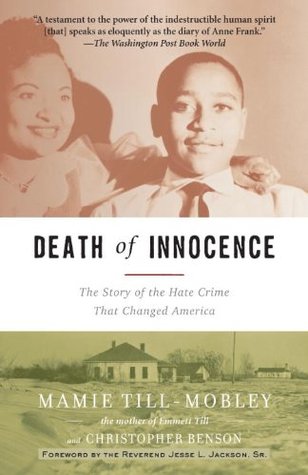
I received a free digital copy from the publisher via NetGalley in exchange for an honest review.
Rating ⭐⭐⭐⭐⭐
It is a story told many times over but must continue to be told, even after justice has been served - or as much justice as possible anyway, which truthfully is still not enough. I can't imagine there is anyone unfamiliar with Mississippi Burning (from the US, anyway), but I will briefly summarize it anyway.
On the night of June 21st, 1964, James Chaney, Andrew Goodman, and Michael Schwerner were murdered by klansmen for their work in helping African Americans register to vote. The trio were stopped for speeding and taken to the local jail. After several hours the men were released. They'd not traveled far when they were again stopped. The three men were abducted at gun point, shot to death, and buried in a shallow grave. Their bodies would not be discovered for two months. Despite the fact that everyone knew who had committed the murders, no one was charged in the ensuing decades. These monsters thought they'd gotten away with murder like so many before and after them.
When investigative reporter Jerry Mitchell took on this giant, it would be his work that led to the reopening of the case, in addition to three others from the era: the 16th Street Baptist Church bombing that killed Addie Mae Collins, Cynthia Wesley, Carole Robertson, and Carol Denise McNair; the assassination of Medgar Evers; and the murder of Vernon Dahmer.
Mitchell's attention was first drawn to the murders of Chaney, Goodman, and Schwerner during a viewing of the film "Mississippi Burning". The story goes that as he was watching, the man next to him repeatedly commented on things that were or were not accurate in the movie. Afterward they talked and Mitchell learned the man was Roy K. Moore, a retired FBI agent in charge of Mississippi when the murders took place. They joined in conversation with another retired FBI agent, as well a reporter who had originally covered the murders back in the '60s. Mitchell learned no one had been prosecuted and he could not fathom why. The identities of the men were widely known, yet the state had never acted. Even after one of the klansmen confessed, the GOVERNOR refused to let it be pursued it any further.
So, Mitchell got to work - and work it would be. The downside to investigating heinous crimes from earlier decades is the pesky fact he addresses with the very title of the book. He was in a literal race against time to uncover whatever he could in order for the families to seek justice; witnesses to the murders and the suspects themselves weren't getting any younger. And as always, with the passage of time goes one's memories. Yet Mitchell pressed on, getting whatever information he could to force the FBI to re-open the cases.
Mitchell's investigation brought new evidence to light as he and law enforcement agents also began combing through the old casefiles. He is the first to say he could not have done this on his own and it is true. So many were involved in propelling all four cases forward, though I think we can say that none of the murderers might have ever been brought to justice if not for the chance meeting between Mitchell and Moore the night of the premier.
The importance of this book can't be overstated. It is all the documentation one needs to see that even when it seems like there is no hope, all it takes sometimes is one person to change the course. You have to admire Mitchell's commitment; though the klan might be a little quieter now, it still exists. As a result, Mitchell received numerous death threats from the kkk. Not only that, but he was also uncovering a plethora of information that pointed (unsurprisingly) to the state's own involvement in obstructing investigations and covering up the crimes. Despite the danger in his work, Mitchell sought every last scrap of information he could find, interviewed many who would rather have seen their secrets stayed buried, and pursued the perpetrators relentlessly so that the families of the victims could finally come to some kind of peace knowing their loved ones had not died in vain, and that their stories would live on alongside the fact that these cowardly men who hid their faces would not escape justice after all.
Highly highly recommended.


